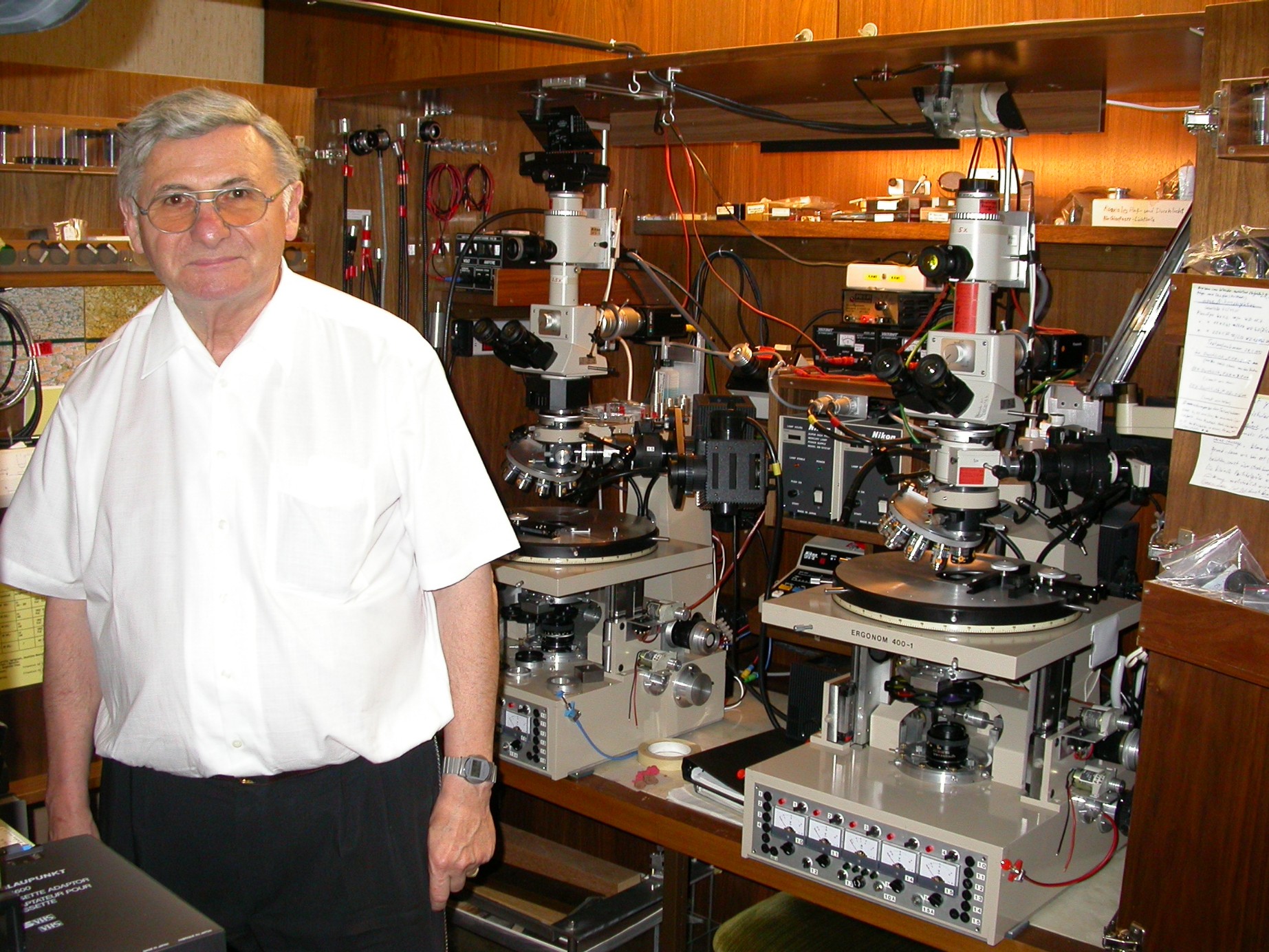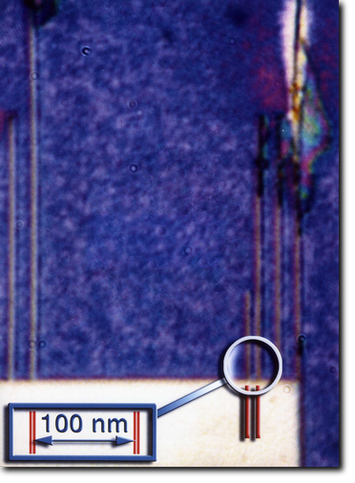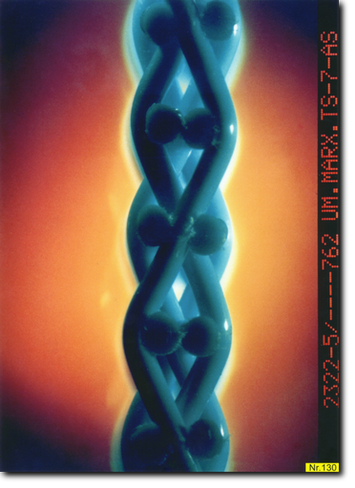Welcome to Grayfield Optical Inc.
SeeNano optical microscopes: White light source, no oil immersion, variable extended depth-of-field, color contrast.
Manufacturing Status - We are optimizing the designs and busy applying for new funding. We now plan to start delivering microscopes in Q3, 2025.
- We are working with Kurt Olbrich's engineer and the development of our microscope systems is practically complete.
- The certification process is ongoing, delayed due to closure of certification institute during the Covid-19 pandemic.
- We use engineering companies that supply the German Aerospace Industry to manufacture key-components on demand. Of the three major companies we use, two have now resumed their activities, the third one has not so we have looked for and found an alternative supplier. If anything, the new supplier is better as they can manufacture components out of a solid block of aluminium on demand from our electronic CAD designs, without tooling costs. While each component made costs more, this is offset by the lack of tooling costs resulting in a lower overall cost to us. We are also testing an alternative supplier for optics as Nikon can no longer supply the high quality custom optics we need.
- We welcome offers from other companies to work with us on joint ventures to help us get us started and to help with the marketing of our unique microscopes.
- This project has been hampered by multiple delays for various reasons including the retirement and recent passing of the original inventor - Kurt Olbrich - and numerous challenges in the redesign and updating of our microscopes to make them state-of-the-art.
- We are now working hard with the new supplier and testing new optics now as we pledge to maintain the highest quality to maintain the <100 nm optical resolution as before using a white light source. Demonstrations will soon be possible at our production facility in Norderstedt, near Hamburg, Germany (close to Hamburg airport).
- Contact us to arrange a demonstration of our microscope systems by using the form below to apply for an appointment.
- As we have a number of pre-orders that we will be suppling first, new orders made now go onto a waiting list as we ramp up production. The more pre-orders, the faster we can get out production up to speed.
- Please note that our US contact number has now changed to (267) 949-4033.
Please note that we are a small company and need to charge a nominal (offsettable) charge of $400 (£300 or 350 €) payable in advance to each group, to cover our own costs (hotel, travel costs, setting up equipment for specific demonstrations, etc). It is payable, once we agree on an appointment date.
In the past, we had a lot of people making appointments to come and test our optical microscopes that were simply curious and had no real interest or even funding for purchasing our equipment. While we understand that our microscopes are unique and that many people want to see this for themselves, such visitors have incurrred high costs to us both financially and timewise in the past. As our team is located in both Hamburg and Cologne, we incur travel and hotel costs ourselves with each visit and these costs have to be recovered in the end through higher prices to our legitimate customers, which made our microscopes unnecessarily expensive.
As the price of our microscope systems has always been an important issue, we have been working hard in the past three years to redesign our systems to make them better and more affordable while maintaining the quality. It therefore made sense to introduce this nominal charge in order to cover our costs for each potential customer. We thank you for your understanding.
Our previous range of Ergonom microscopes, were high quality optical microscopes, yet were lacking the integration with modern electronics. Our engineers in Hamburg, have been creative in integrating the latest electronics to intelligently control both the stage and the objectives allowing for fully computer-controlled operation. For non-biological applications, it is possible to auto-scan the entire object, for example a computer wafer, resulting in a massive gigapixel image with incredible resolution in full color. A working system for this purpose, has already been delivered to a major university in the UK.
Our new microscopes are modular. You can start with the lab system and upgrade it up to a top research microscope.
We previously planned to release two versions, Lab and Pro and that has been changed to one scalable system. Add accessory modules as needed to upgrade for more features.
Instead of a turret, the objectives will be mounted on a horizontal rail system and can be self-centering. You are looking at a sample and want to switch to a higher magnification, the objective is automatically changed and adjusted so that your field of view matches what you were looking at before.
Automated nano-positioning systems will be available to precisely move the slide.
The Ergonom microscopes have been replaced by our new SeeNano range of microscopes and will have all the optical capabilities of the previous Ergonom series, while adding fluorescence capabilities and realistic pricing.
Introduction





